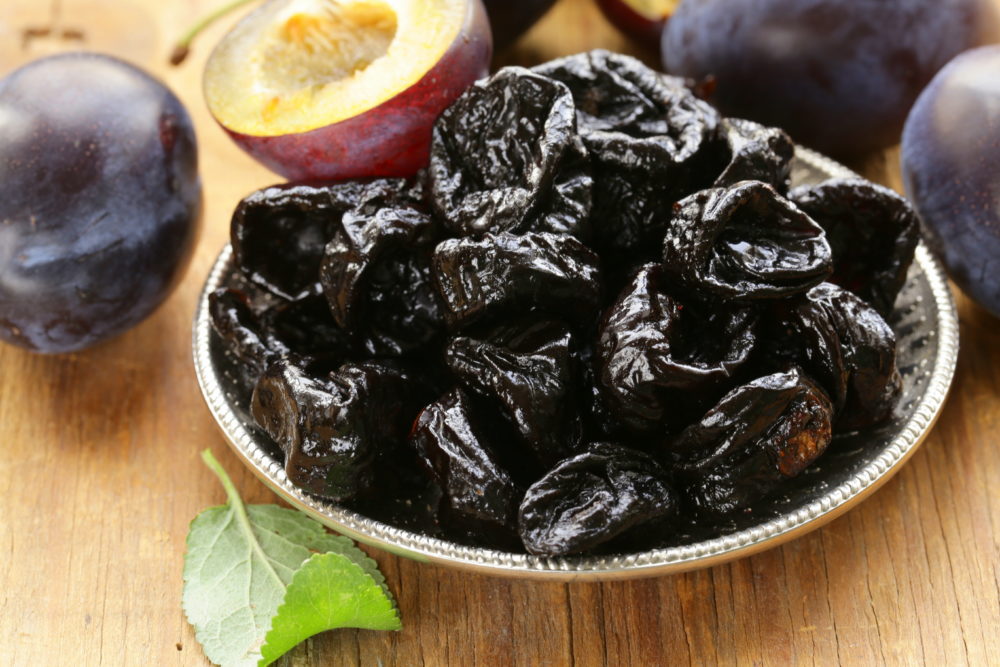Dried Plums or Prunes? Name Debate Continues.
Important Research Continues on Dried Plums
By Jessica Theisman, Associate Editor
Gary Obenauf oversees the production research programs for the California Dried Plum Board. California Ag Today spoke with him recently about the work that he does with the fruit, also known as prunes.
Obenauf helps with post-harvest issues in storage and handling. He also helps the industry with technical issues such as maximum residue limits, also known as MRLs.
“We ship to 135 different countries around the world,” said Obenauf. “We are the largest producer in the world of dried plums—most of the rest of the world still calls him prunes instead of dried plums.”
Obenauf said prunes are now being called dried plums due to a marketing issue about 10 to 15 years ago.
“We noticed that the younger millennials preferred dried plums over prunes, and we made the name change, but we are probably going change it back to prunes,” he said.
Obenauf said that insects, diseases, production cost, and pruning costs are some of the big challenges in the industry. “Essentially, 95 percent of our production is one variety; we need multiple varieties,” Obenauf said.
“We have an active breeding program, but we have not yet come up with good alternatives to the French prune,” he said. “The improved French prune is a good variety, and it is hard to find replacements, and that’s the problem we are having.”
















